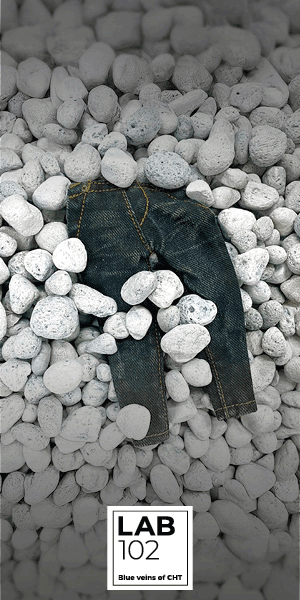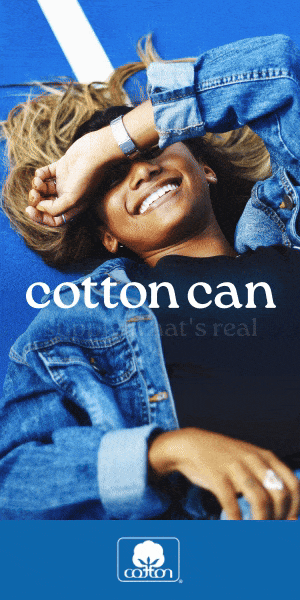Ruby Chahal: Creating a better future starts with design

Ruby Chahal, menswear’s design lead on special private brands at Amazon, accepts pricing pressures from are always going to be a big issue when consumers are wanting to pay less but retailers are wanting to do the right thing. She also works hard to mentor new talent and help young designers break into the industry.
How hard do you think it is for global retailers to balance sustainability pressures with competitive pricing pressures from consumers?
Sustainability is at the core at what retailers are doing going forward as they understand the importance of it both as a social issue and also how aware customers are becoming, especially the younger generation. Competitive pricing pressures from consumers is always going to be a big issue when consumers are wanting to pay less but retailers are wanting to do the right thing and help make a change in the way people shop and move in the right direction. Consumers need to be educated on why there is a rise in cost of product and the difference small costs will make to the people and the environment around them. This will always be challenging but with determination retailers are trying to meet these pressures.What do you value the most about your job?
I’ve worked in the fashion industry now for over 25 years and I’m still so passionate about what I do every day. I consider myself lucky to be able to do something I love and care about year after year but now more than ever at a senior level I can influence decisions and make some important changes in my day-to-day work. Guiding and nurturing new young talent is so important to ensure we have strong influential designers in the future.
How can the industry do better in terms of storytelling and making the consumers understand and care about sustainability issues?
It is important for people to have traceability of where their clothes are coming from and be able to relate to this in some way. The more educated consumers are the more they will care and understand the impacts of buying fast fashion not sourced sustainably, the effects it has on the environment and the factory workers who are paid low wages. We need to be more visible from where our yarns are sourced, the chemicals and dyes that are used and the conditions people work in and how all this can be improved if we can support a better future.
Which technology/ chemicals development have you liked the most or has made the most impact over the past five years?
The use of fewer chemicals has been something that has been so beneficial on the production side and for the benefit of denim factory workers and the environment they live in. After visiting so many denim laundries and seeing how many chemicals are used all the time, where workers are using PP (potassium permanganate) spray onto denim to create special colour fading effects normally at thigh and buttocks of denim jeans, it is great to see new technologies from companies like Jeanologia enhance productivity, reduce water and energy consumption and eliminate damaging emissions and waste, guaranteeing zero contamination. This can only improve livelihood of factory workers hence longer lives, less illness, less damage to the environment and better futures.
What are your predictions for the future?
Although times are challenging now I’m optimistic about the future of the fashion industry, there are so many positive changes happening and at great speed. We will be buying more online and so making experiences exciting to shop and 3D avatars where we can try before we buy will be the future. We are hearing about new solutions and innovations every day and how to make some very positive changes from yarns, recycling, organic and natural dyes.
Consumers want to shop sustainability, want to feel good and special about what they buy, and this is just the start of what is to come. There are so many social media platforms now where you can buy more individual styles and one-off pieces, avoiding mass market.
Renting is also growing, with many brands now having this as a platform which will become a normal go-to in the future of fashion.
What will the consumers be looking for in the future, how will this affect design?
Consumers still want to feel special, look good and know they are paying for the best quality they can afford. Knowing what they buy has been sourced sustainably will be a key focus for some.
On design, we need to ensure everything we do is the best we can possibly do whether that be using yarns from certified suppliers ensuring credibility and educating the consumer. Maybe we won’t design as many ranges a year but what we do design will be considered on fabric, style and quality, ensuring garments last longer and can be recycled, broken down to create something new.
Ruby Chahal is based in London and is menswear design lead on special private brands at Amazon. She has worked for many high street retailers and has visited factories all over the world.













